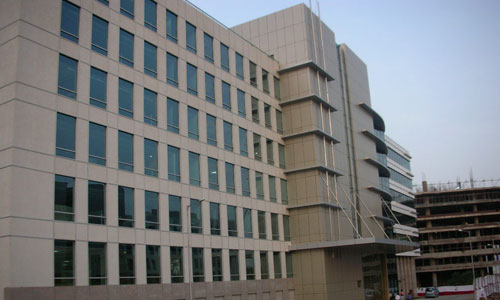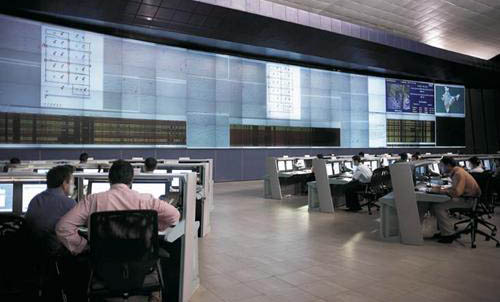
Interest from international real estate investors in Indian real estate has been limited in 2012. India has witnessed 6% q-o-q growth in direct commercial real estate in Q1 2012, as compared to China which has seen negative growth of -45%, however China performed better in Q2 2012 on the back of one mega deal. In Brazil, investment volumes seem to be reaching a more ‘normalised’, sustainable pace following the supercharged 2010-2011 period.










